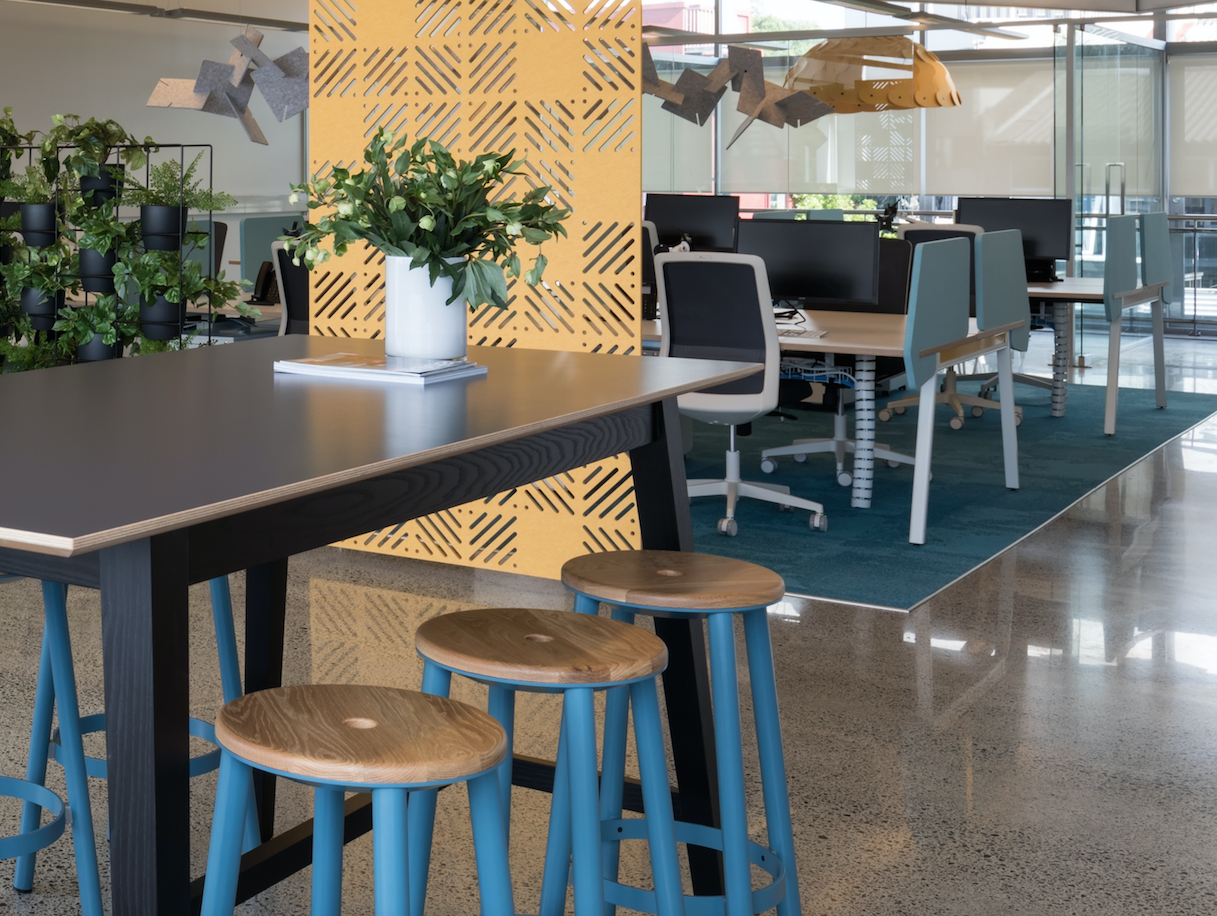If It Doesn’t Work in Schools, Why Are We Still Doing It at Work?
You might’ve seen the news: schools are moving away from open-plan classrooms.
After a decade of trying them out, the Education Minister Erica Stanford announced that New Zealand will no longer build open plan classrooms. Officially ending a decade-long experiment in modern learning environments. These classrooms were deemed too loud. Too distracting. Too hard for kids to learn in. They’re going back to classrooms with walls, doors, and quieter corners.
It’s a big shift, and not just for education.
Because open-plan classrooms didn’t come out of nowhere. They were inspired by offices.
The Big Idea (That Didn’t Quite Land)
In the early 2010s, open-plan learning became the new standard in schools. The goal? Encourage collaboration. Make things feel more modern. Tear down walls (literally) to make learning more fluid and social.
Sound familiar?
It’s the same story we heard in office design: open spaces would boost teamwork, flatten hierarchies, and spark more ideas.
But over time, the cracks started to show.
In schools, teachers struggled to manage groups. Students were distracted. Behaviour got harder to manage. Especially for kids with ADHD, autism, or sensory needs, open spaces just weren’t working.
One Christchurch school even spent $1.5 million putting the walls back in.
Would We Accept This at Work?
Imagine this: You show up to work. There’s no quiet room, no meeting space, no door to close. Just you, your team, and a big open room. Every call is public. Every task is done with chatter in the background.
Would we call that a modern office?
Or a noisy café with laptops?
We expect students to focus, think critically, and collaborate, just like we expect from workers. So if schools are realising that calm, structure, and choice matter… why haven’t we caught up at work?
A Culture Obsessed With Collaboration
There’s a bigger story here.
In both education and business, we bought into a belief: that more openness = more innovation. That tearing down walls would automatically create better teamwork and more creativity.
But it wasn’t really backed by research. It just felt “modern.” It looked like what tech companies were doing. And it spread across classrooms and boardrooms as the way of the future.
Until now. Now we’re realising that open doesn’t always mean better. And collaboration doesn’t need to come at the cost of quiet.
Work Is Learning
Here’s something else we forget:
Work is learning.
To do your job well, especially in a fast-moving world, you need to absorb, adapt, and think clearly. In other words, you need focus. The same kind of focus New Zealand’s schools are trying to get back.
If distraction hurts students’ ability to learn, it hurts workers too.
So maybe this isn’t just an education story. Maybe it’s a sign of what workplaces need to hear.
A Gentle Fix
We’re not saying tear down every open-plan office. Just like schools aren’t banning flexible layouts entirely.
But what we are seeing is a shift. A quiet recognition that people do better when they have a mix of space: open when it helps, closed when it matters.
That’s where Silent Pod fits in.
We create quiet, enclosed meeting pods that live inside busy workplaces. No major fit-out. No loud building work. Just spaces where people can step away, think clearly, or meet privately, without leaving the room.
Sometimes a small shift in environment makes a big shift in how people feel, learn, and work.
Curious What a Pod Could Do for Your Space?
Whether you’re running a busy office or designing a learning environment, adding just one quiet space can make a big difference.
You can explore some of our recent pod projects here.
Or see a full list of our silent pod types here to compare options.
Have questions?
We’re always happy to chat, no pressure, just ideas. Get in touch and let’s find the right fit for your space.

